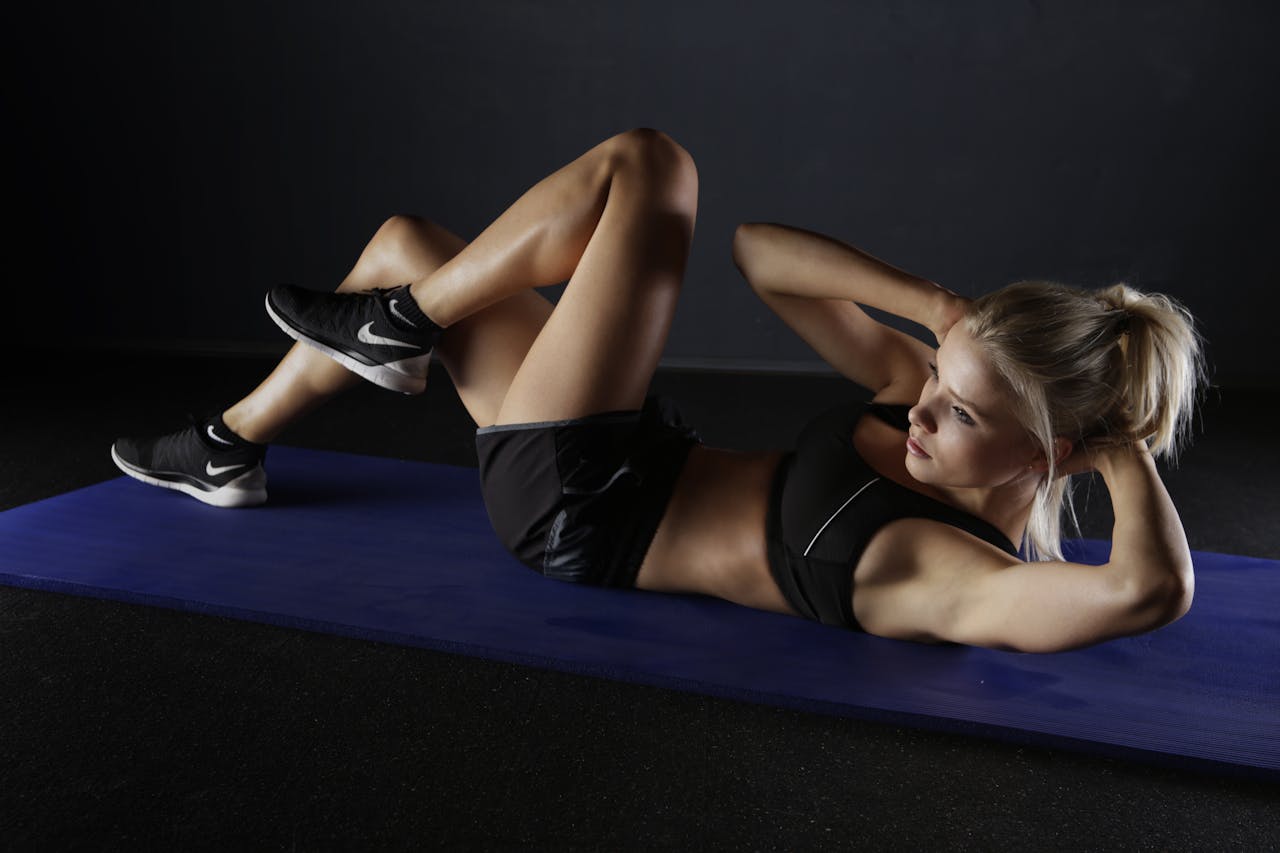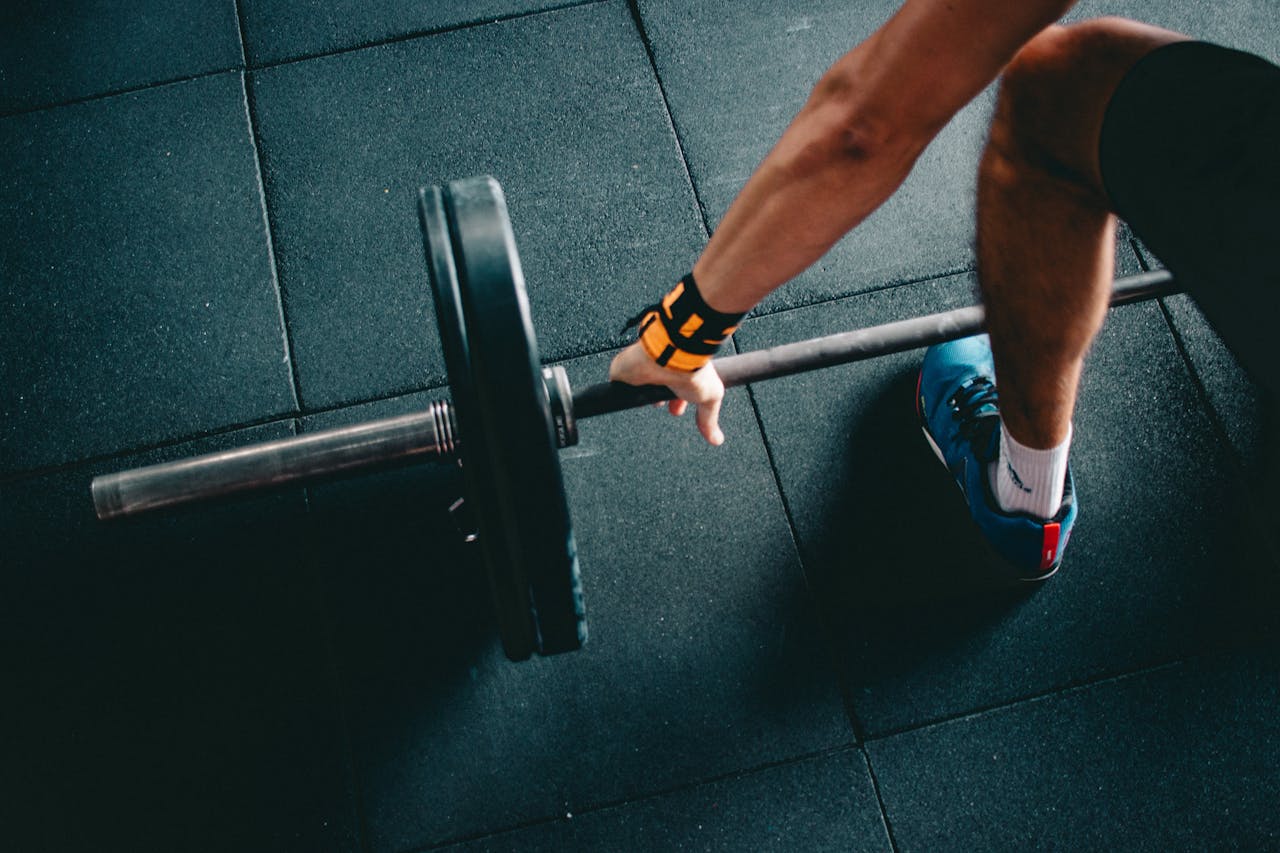Finding time to work out in today’s busy world can be tough. Full-body workouts are a great solution, letting you exercise many muscle groups in one session. This guide will explain full-body workouts, their benefits, and how to create an effective routine.
What Are Full Body Workouts?
Full-body workouts include exercises that target all major muscle groups in one session. This differs from split routines, which focus on specific muscle groups on different days.
Benefits of Full Body Training
- Time-Saving: You can work multiple muscles in less time, making it perfect for busy schedules.
- Functional Strength: The exercises simulate everyday movements, improving overall strength and stability.
- More Calories Burned: Working many muscles helps boost your metabolism and burn more calories, even after your workout.
- Flexible Training: If you miss a session, you won’t neglect any muscle group for too long.
The Basics of Full Body Workouts
What Are Full Body Workouts?
These workouts include exercises that use multiple joints and muscle groups. Key points include:
- Compound Movements: Exercises like squats and deadlifts that work several muscles at once.
- High-Intensity Training: Using intervals or circuit training to increase heart rate.
- Stretching and Mobility: Improving overall performance.
Who Benefits
Full-body workouts are good for everyone—from beginners to advanced athletes. They offer beginners a solid introduction to fitness, and advanced lifters can use them for conditioning and recovery.
Creating Your Full Body Workout Routine
Key Exercises to Include
Make sure to include these important exercises for a balanced workout:
- Squats: Great for legs and core.
- Deadlifts: Focus on the back and hamstrings.
- Push-Ups: Work the chest, shoulders, and triceps.
- Pull-Ups: Strengthen the back and biceps.
- Planks: Build core strength.
How Often and How Long
Aim for 2-4 full-body workouts each week, with rest days in between. Each session should last 30 to 60 minutes, depending on your fitness level and goals.
Balance Your Program
A good program includes strength training, cardio, and flexibility:
- Strength: Focus on compound movements.
- Cardio: Use intervals or circuit training.
- Flexibility: Spend time stretching at the end of your sessions.
Sample Full Body Workout Routines
Beginner Routine
- Bodyweight Squats: 3 sets of 10-15 reps
- Incline Push-Ups: 3 sets of 8-12 reps
- Dumbbell Rows: 3 sets of 10 reps per arm
- Plank: 3 sets of 20-30 seconds
- Jumping Jacks: 3 sets of 30 seconds
Intermediate Routine
- Barbell Squats: 4 sets of 8-10 reps
- Push-Ups: 4 sets of 10-15 reps
- Deadlifts: 4 sets of 6-8 reps
- Pull-Ups: 3 sets of 5-8 reps
- Burpees: 3 sets of 10-12 reps
Advanced Routine
- Weighted Squats: 4 sets of 6-8 reps
- Muscle-Ups: 4 sets of 3-5 reps
- Kettlebell Swings: 4 sets of 12-15 reps
- Single-Leg Deadlifts: 3 sets of 8-10 reps per leg
- Box Jumps: 4 sets of 8-10 reps.
Tips for Maximizing Full Body Workouts
- Focus on Good Form: Always use proper form to avoid injuries. Spend time learning the correct movements, and don’t hesitate to ask a trainer for help.
- Warm-Up and Cool-Down: Start each session with a dynamic warm-up and finish with a cool-down to improve recovery and flexibility.
- Nutrition and Hydration: Eat a balanced diet of proteins, healthy fats, and carbohydrates. Drink enough water before, during, and after workouts.
Common Mistakes to Avoid
- Don’t Skip Recovery Days
Rest is essential for muscle growth and injury prevention. Plan regular rest days and listen to your body.
- Find a Balance
Avoid overtraining, which can lead to burnout and injuries, and undertraining, which won’t help you progress. Aim for consistency.
- Focus on Nutrition
Proper nutrition supports your fitness goals. Make sure to eat well before and after workouts.
Conclusion
Full-body workouts can help you gain strength, improve fitness, and save time. By understanding their principles and including essential exercises in your routine, you’ll be on your way to reaching your fitness goals. Some key points can help you more efficiently understand how a full-body workout can help you grow:
- Full-body workouts target most muscle groups.
- They are suitable for all fitness levels.
- Include a variety of exercises and prioritize recovery.
Share Your Experience
Have you tried full-body workouts? Share your experience in the comments or join our YouTube channel for tips and support on your fitness journey!












Leave a Reply